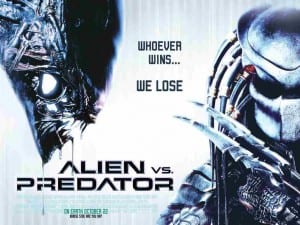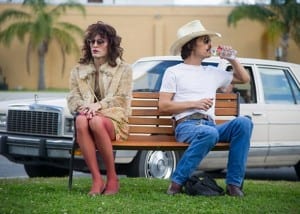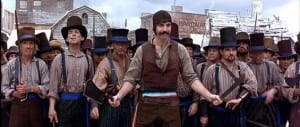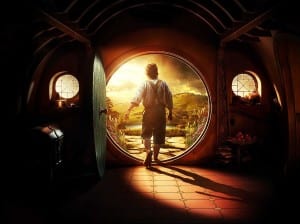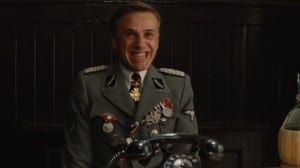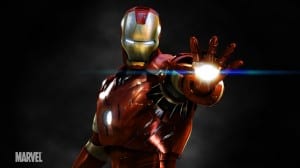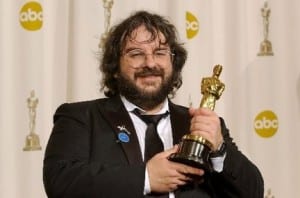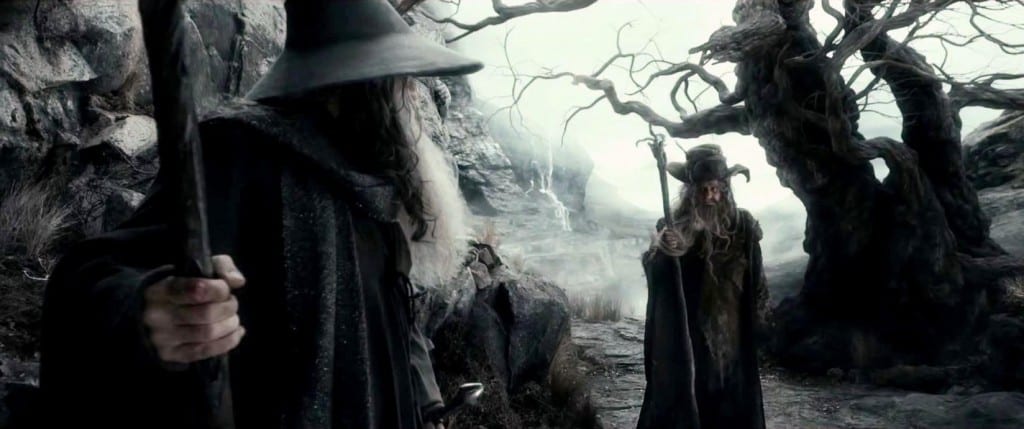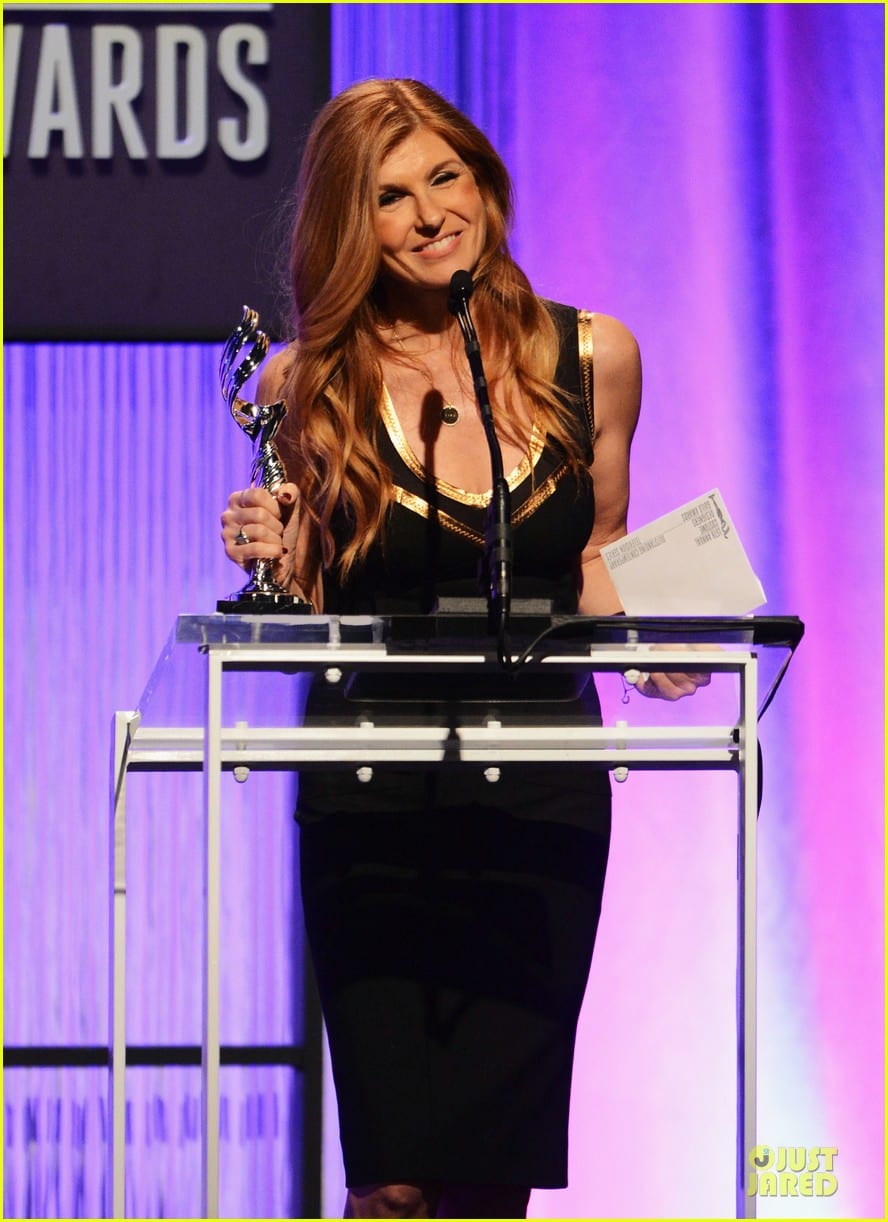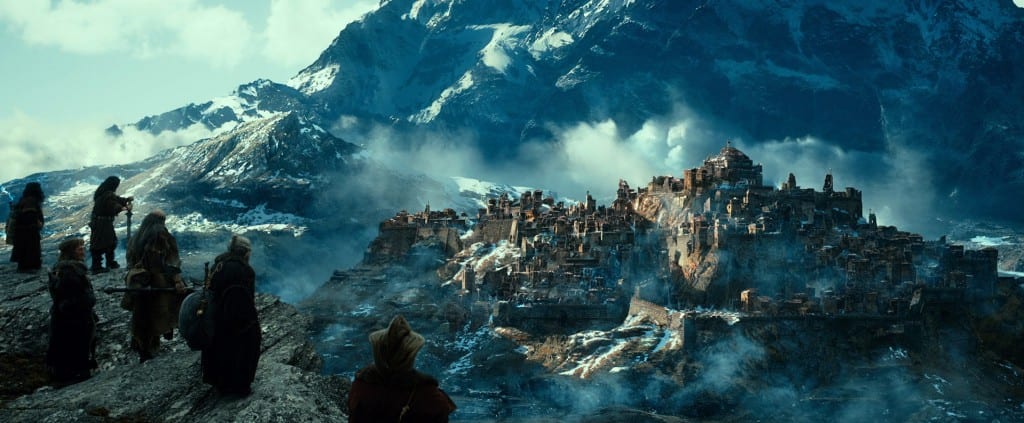As it was reported by Peter Jackson last week, the next Hobbit movie has been renamed to ‘The Hobbit: The Battle of the Five Armies’ we decided to look back at some other films whose development has been ‘difficult’ to say the least.
1. Alien vs Predator
Released in 2004 after more than a decade of different scripts, changes to the cast, false starts, orphaned tie-ins, several series of video games and even promotions of the movie.
2. Dallas Buyers Club
The screenplay for the oscar winning film was written 1992 by Craig Borten. It took 10 different versions of the script to finally persuade a production company to pick it up. It was then unable to secure financial backing, going through three different directors before Jean-Marc Vallée signed up and eventually released it in 2013.
3. Frozen
Originally planned to be a biography film of the author Hans Christian Anderson (Yawn!!) before it was green lit by Disney to become an adaptation of the ‘Snow Queen’. The film then went into development hell twice, the second time in 2010 due to the difficulty of making the story of the Snow Queen work. It wasn’t until Disney bought in Jennifer Lee, writer of Wreck-It Ralph, as co-director, who decided to make the Snow Queen character of Elsa into one of the film’s protagonists.
4. Gangs Of New York
Martin Scorsese first started trying to get Gangs of New York made in 1978. He finally did so in 2002.
5. The Hobbit Trilogy
The Hobbit went through development hell, before finally being green lit.The film then suffered additional problems involving creative control and the studio’s refusal to allow filming to take place in New Zealand, where the preceding film series The Lord of the Rings had been shot. This was a deal-breaker for director Guillermo del Toro, who left the project. Peter Jackson retook control of the project and split it into three films, the first of which was released in December 2012.
6. Inglorious Basterds
Quentin Tarantino announced his plans to shoot a World War II movie titled Inglourious Basterds shortly after the 1997 release of Jackie Brown. As of 2007, he was still working on the script. The film began shooting in late 2008 and was released in August 2009. Inglourious Basterds was Tarantino’s most commercially successful film until his spaghetti western homage Django Unchained was released three years later.
7. Iron Man
The film had been in development since 1990 at Universal Pictures, 20th Century Fox and New Line Cinema, until the rights were reacquired by Marvel Studios in 2006. The project was Marvel’s first self-financed film, being distributed by Paramount Pictures. The script was originally written by multiple writers and the film and attached to direct were several directors, including Joss Whedon, Quentin Tarantino and Nick Cassavetes. Originally, actor Tom Cruise was in talks to play the role of Tony Stark, before the role went to Robert Downey Jr. after Jon Favreau was finally hired as director.
8. Star Wars Sequel Trilogy
The Star Wars sequel trilogy remained in development hell beginning in 1983 since the concept was born in 1975. Even though the prequel trilogy was created with the films released in 1999, 2002 and 2005, the sequel trilogy was changed and denied for several years. The trilogy was brought back in 2012 after Disney’s purchase of Lucasfilm, starting with Star Wars Episode VII, which is scheduled for a 2015 release.
9. Avatar
James Cameron has previously stated that his idea for the story of Avatar was ready before he even began filming Titanic in 1996 but that the technology needed to make the film simply didn’t exist. Production company Fox eventually backed out of the film in 2006 due to budgetary reasons, it wasn’t until Ingenious Media offered to back more than half of the $237 million needed for the film that Fox returned to the project which went on to become the highest grossing film of all time.
10. The Lord Of The Rings
There is something about either Peter Jackson or J.R.R Tolkien and movies that simply does not work. Throughout all six of the films that Jackson has been responsible for bringing to the big screen there have been major problems throughout the entire production. The rights to a live action adaptation of The Lord of the Rings were sold to United Artists shortly before J.R.R Tolkien’s death in 1973; it wasn’t until 1994 that Peter Jackson was given approval to begin shooting. The first film was not released until 2001.
